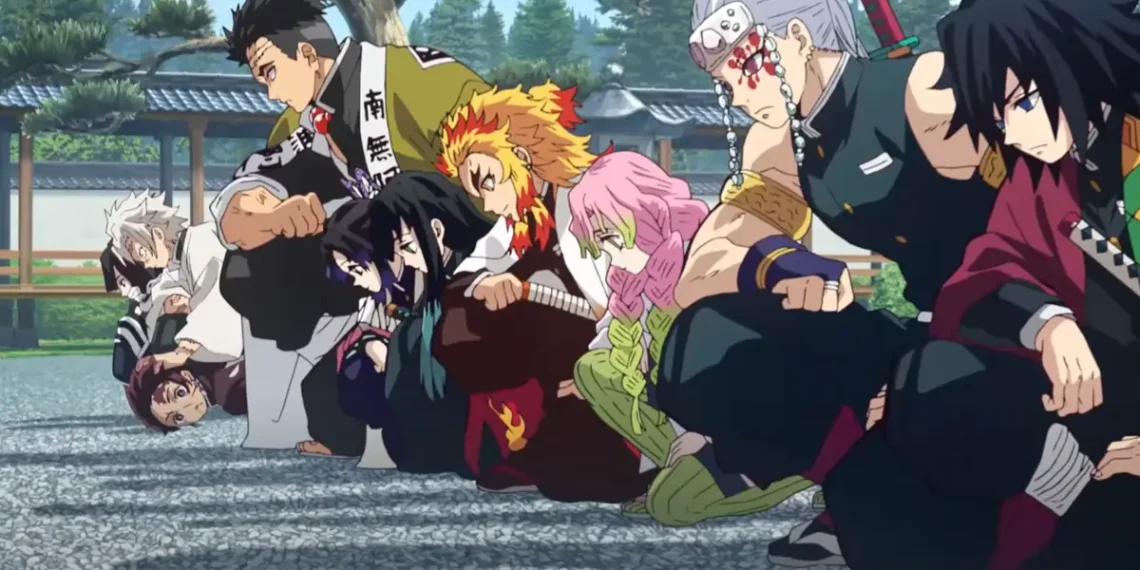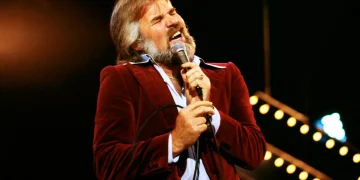Demon Slayer is filled with powerful warriors, but none stand out more than the elite swordsmen known as the Hashira. These skilled fighters dedicate their lives to battling demons, each wielding unique abilities and fighting styles that set them apart. As the highest-ranking members of the Demon Slayer Corps, the Hashira play a crucial role in the war against Muzan Kibutsuji and his demonic forces.
While all Hashira are incredibly strong, some stand above the rest in terms of combat prowess, strategy, and endurance. Their skills are honed through years of rigorous training and intense battles against formidable foes. From brute strength to unmatched agility, each Hashira has a distinct advantage that makes them invaluable to the Corps and deadly to their enemies.
In this ranking, we evaluate the Nine Hashira based on their power, contributions to the story, and overall impact. With that in mind, let’s look into who truly deserves the title of the strongest Hashira and what makes them such fearsome warriors.
1. Gyomei Himejima – The Stone Hashira
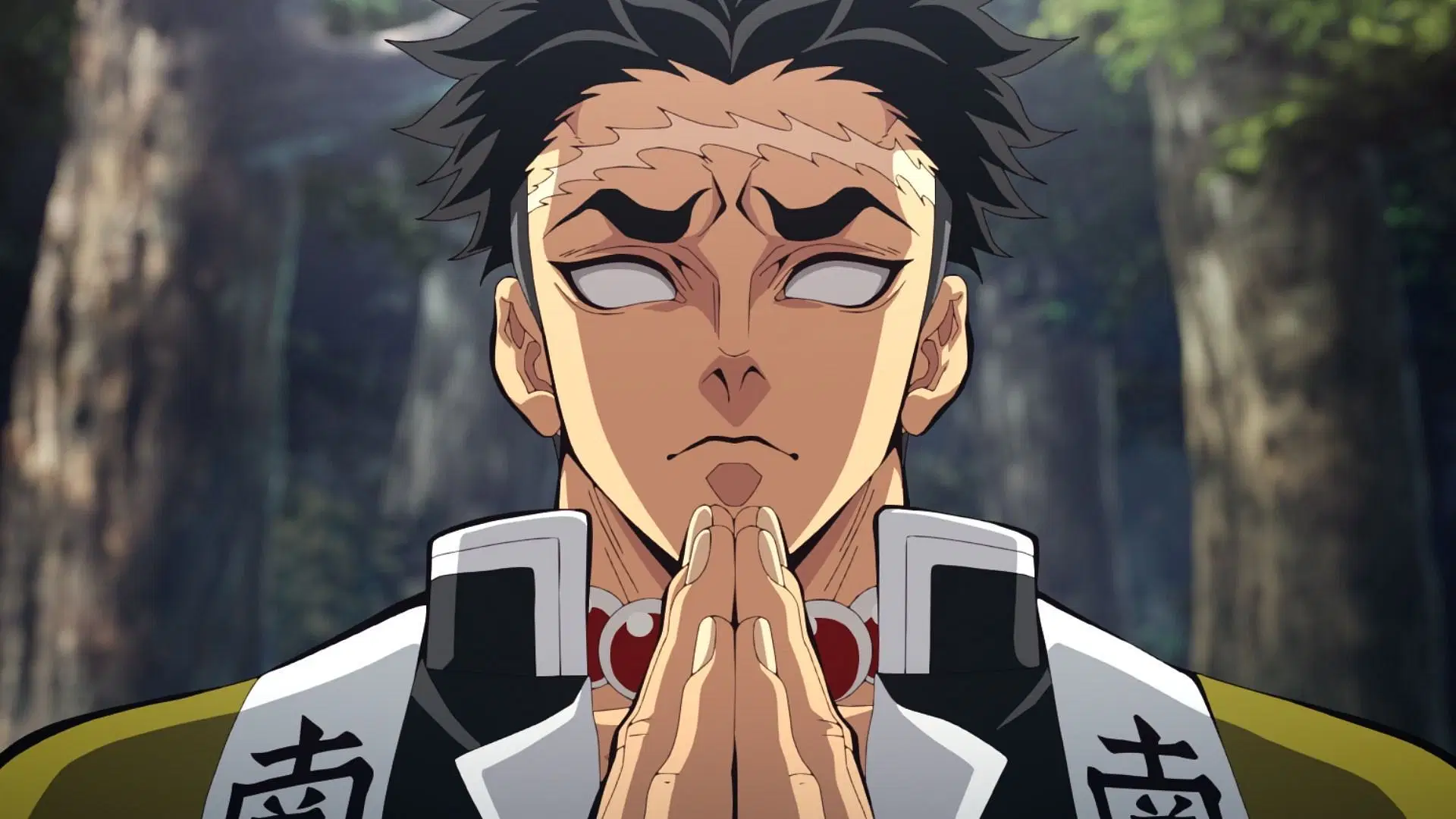
Gyomei Himejima is widely regarded as the strongest of the Nine Hashira. As the Stone Hashira, his strength, both physically and spiritually, is unmatched. Gyomei’s size and brute strength, coupled with his mastery of the Stone Breathing techniques, make him an extremely dangerous foe. However, it’s not just his physical prowess that places him at the top of the list. Gyomei also possesses an incredible sense of hearing, which allows him to detect even the slightest movements or sounds around him. This heightened awareness is especially useful in battle, making him nearly impossible to defeat.
Gyomei’s greatest battle occurs during the Demon Slayer’s final arc, where he fights against the Upper-Rank One Demon, Kokushibo. His unwavering determination and indomitable will to protect humanity earn him the title of the strongest Hashira in the series.
2. Kanao Tsuyuri – The Insect Hashira
Kanao Tsuyuri, the Insect Hashira, is another fierce and highly skilled warrior. As a highly trained swordswoman with impeccable speed and agility, Kanao excels in Insect Breathing, which incorporates fluid and unpredictable strikes designed to overwhelm enemies. Her expertise in the art of combat is complemented by her exceptional eyesight, which allows her to predict her opponent’s next move with uncanny accuracy.
Kanao’s ability to defeat powerful demons, particularly during the Infinity Castle arc, solidifies her position as one of the strongest Hashira. Her speed and tactical abilities make her a formidable opponent, able to hold her own against even the most powerful foes.
3. Kyojuro Rengoku – The Flame Hashira
Kyojuro Rengoku, the Flame Hashira, is known for his fierce determination and incredible skill in using Flame Breathing. His explosive and intense fighting style makes him one of the most fascinating characters in Demon Slayer. Rengoku’s ability to wield the power of flames at their fullest potential is seen during his fight with Akaza, one of the Upper-Rank demons. Although he meets a tragic end, Rengoku’s valor and sacrifice demonstrate his strength as a true warrior of the Corps.
His legacy lives on, and many fans regard him as one of the most memorable and powerful Hashira in the entire series.
4. Sanemi Shinazugawa – The Wind Hashira
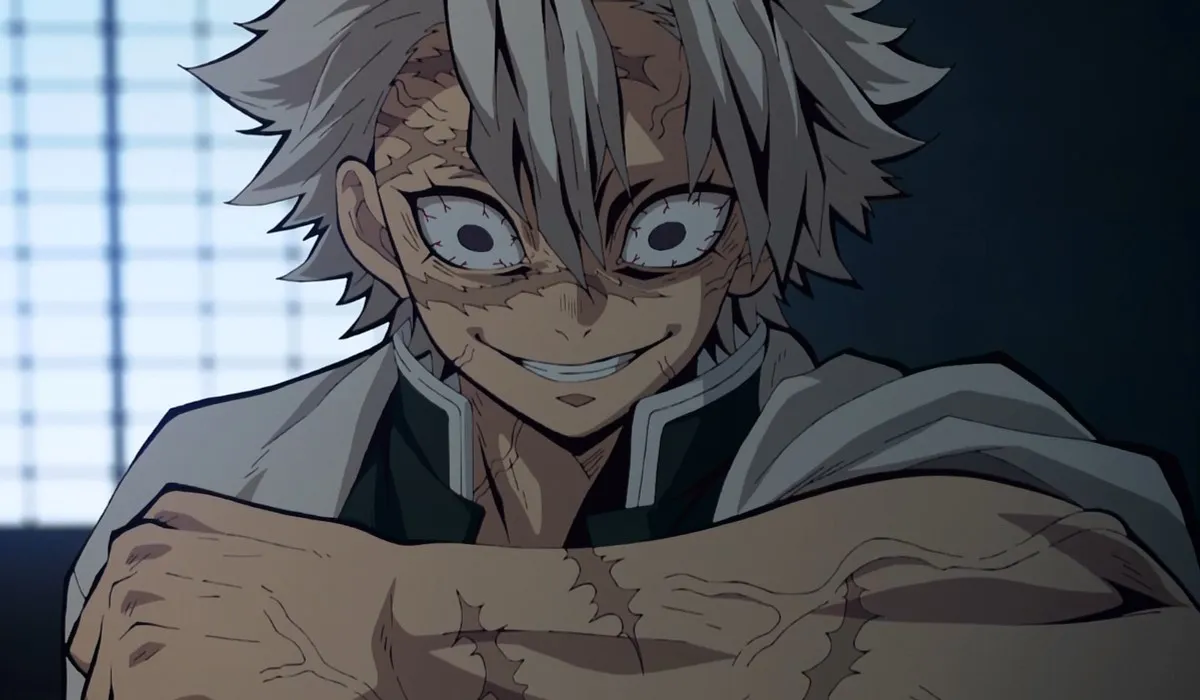
Sanemi Shinazugawa is the Wind Hashira, and his personality is as fierce as his combat skills. Known for his aggressive and no-nonsense approach, Sanemi wields wind-breathing techniques with unparalleled precision and ferocity. His remarkable speed and dexterity allow him to execute rapid attacks, leaving little room for his opponents to counter.
Though often seen as brash and hot-headed, Sanemi’s courage and resilience are undeniable. His fight with the Upper-Rank One Demon, Kokushibo, further demonstrates his raw power and sheer tenacity. Sanemi remains a fan favorite for his unapologetic nature and impressive combat prowess.
5. Mitsuri Kanroji – The Love Hashira
Mitsuri Kanroji, the Love Hashira, might seem deceptively delicate at first glance, but she is one of the most powerful members of the Hashira. Using the Love Breathing style, Mitsuri has a unique combination of strength, agility, and grace. Her fighting style is characterized by rapid and unpredictable movements, which make her difficult to catch or land a hit on.
Mitsuri’s physical strength is also extraordinary, as she can wield a sword that is significantly heavier than a standard blade. Her fight against the Upper-Rank Four Demon, Hantengu, proves her incredible endurance and battle capability, securing her place as one of the strongest Hashira.
6. Tengen Uzui – The Sound Hashira
Tengen Uzui, the Sound Hashira, is as flamboyant as he is strong. With his flashy combat style, Sound Breathing techniques, and explosive personality, Tengen brings both flair and power to the battlefield. His agility and speed are enhanced by his mastery of sound-based techniques, making him a highly effective fighter.
Tengen’s expertise is evident in his battles against the Upper-Rank Six Demons, where his strategic thinking and lightning-fast reflexes come into play. Though Tengen may not be the strongest in terms of raw power, his versatility and intellect make him a significant force to reckon with.
7. Muichiro Tokito – The Mist Hashira
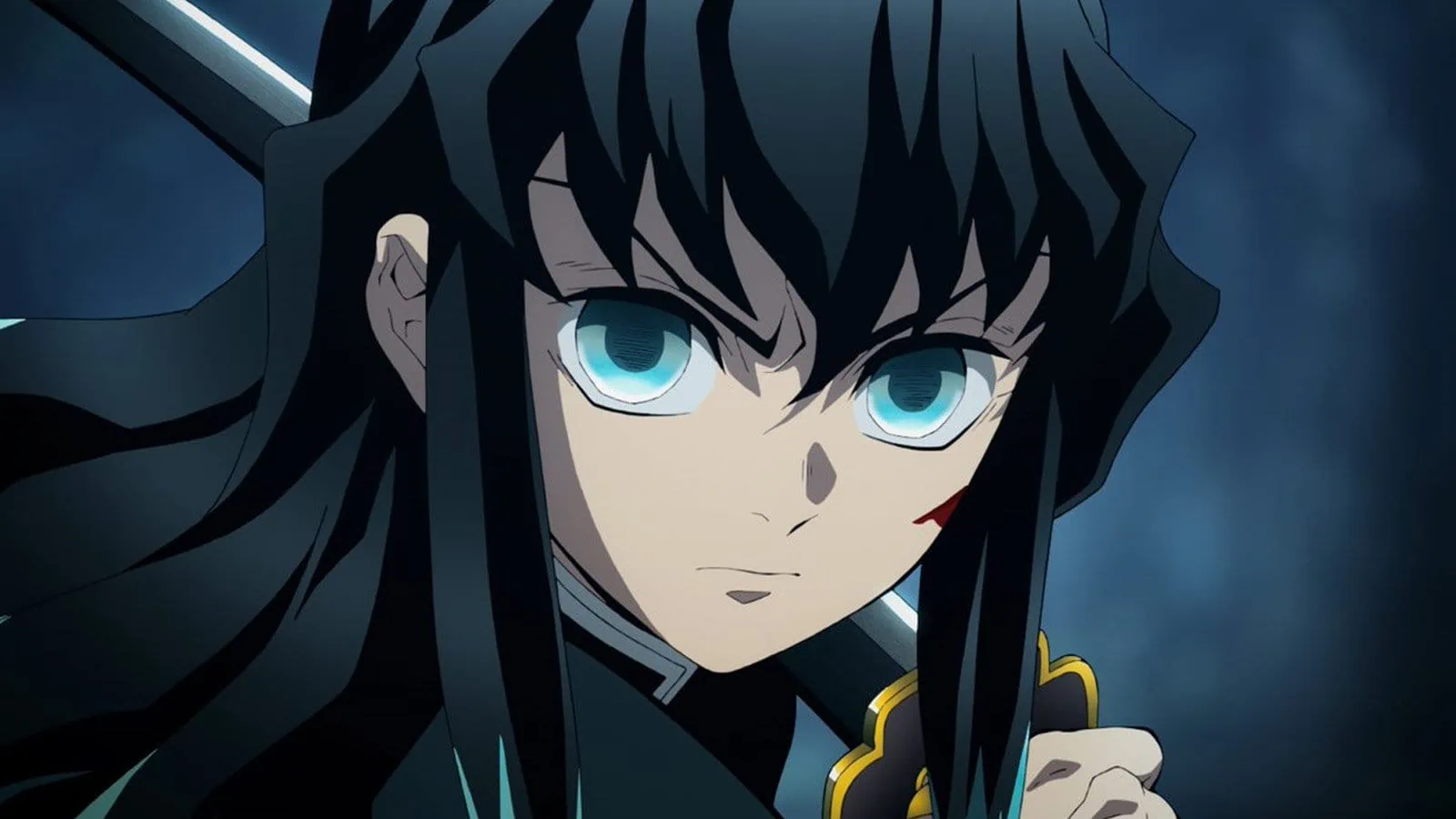
Muichiro Tokito, the Mist Hashira, may appear aloof and indifferent, but his combat abilities are second to none. With the Mist Breathing techniques, Muichiro can create illusions and disorient his opponents, making him incredibly difficult to predict in battle. His quick reflexes and mastery of the sword allow him to land devastating strikes against even the most powerful demons.
Despite his young age, Muichiro is one of the most skilled swordsmen in the Corps, and his encounter with the Upper Rank Five Demon, Gyutaro, highlights his incredible abilities and his place among the strongest Hashira.
8. Shinobu Kocho – The Insect Hashira
Shinobu Kocho, the Insect Hashira, is known for her lethal techniques, which revolve around the use of poisons and precise strikes. While she lacks the raw physical strength of some of her counterparts, Shinobu’s combat style is built on agility, precision, and her expertise in the creation of poisons. Her Insect Breathing techniques allow her to move quickly and deliver devastating blows with a unique edge.
Shinobu’s ability to defeat powerful demons using her specialized combat style demonstrates her effectiveness as a Hashira, even if she doesn’t possess the brute strength of some of the other pillars.
9. Giyu Tomioka – The Water Hashira
Giyu Tomioka, the Water Hashira, is the calm and collected warrior who represents the Water Breathing style. Known for his impeccable control and discipline, Giyu uses fluid, graceful movements in battle to dispatch demons with precision. His expertise in water techniques allows him to adapt to different fighting scenarios, making him a versatile and highly skilled warrior.
Though Giyu’s power may not be as overwhelming as some of the other Hashira, his strategic thinking, discipline, and cool-headed nature make him a crucial asset to the Corps. His battles against formidable demons showcase his resourcefulness and strength.
Though each Hashira possesses remarkable strength, Gyomei Himejima continues to stand as the strongest, a testament to his unparalleled combat abilities. The Hashira have left an enduring impact on Demon Slayer, influencing both their comrades and the fans who admire their unwavering dedication. Interestingly, the idea of the Hashira was inspired by historical samurai rankings, adding an extra layer of authenticity to their elite status.
[Updated: 03/30/2025]

